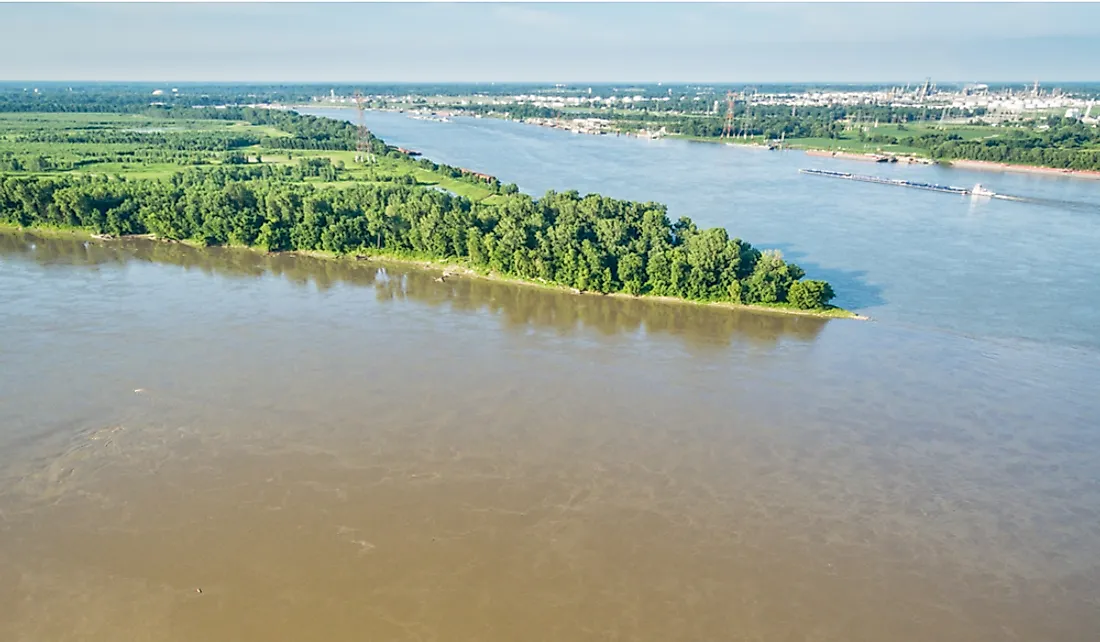What Is a Tributary?

Geographers and potamologists, those who study rivers, define a tributary as a stream or river or that flows to and drains into a larger stream, larger river, called a parent river or main stem, or a lake. By carrying snowmelt and runoff, tributaries feed larger rivers and help drain a drainage basin, which eventually flows into a sea or ocean. However, tributaries do not flow directly into seas or oceans. Tributaries can also be referred to as affluents, and enter the larger stream, river, or lake at a point called the confluence. A tributary can also be categorized as either a "right-bank tributary" or a "left-bank tributary." This categorization refers to the side from which the tributary enters the river as it flows downstream.
Well-Known Tributaries
While smaller than the parent rivers it flows into, a tributary can itself be a large and significant river. For example, the Missouri River is the largest tributary of the Mississippi River, and the confluence of Missouri River and Mississippi River is located in St. Louis, Missouri. Additionally, the watershed of Mississippi River is the fourth largest watershed in the world, as it is created from tributaries that extend from the Canadian provinces of Alberta and Saskatchewan to the Upper Midwestern United States.
Classifying Tributaries
Geographers and potamologists use two methods to classify tributaries.
In the first method, the tributaries of a river are listed by their flow. Larger tributaries are identified with high numbers, while smaller streams are assigned smaller numbers. An example is the Kasai and Tshuapa rivers, which are left bank tributaries of the Congo River. Both are the deepest rivers in the world, but the Kasai is a larger river and therefore has a higher tributary ranking.
The second method lists the tributaries of the river starting with the one closest to the source to the river. For example, the river Thur (Switzerland) and river Ill (Austria) are the earliest known tributaries of the river Rhine. The Rhine is one of the longest rivers in Europe, and has its source in the Alps, while its mouth is located in the North Sea.
Pollution of Tributaries
Human activity along tributaries result in the pollution of mainstreams. Rivers that have tributaries in urban or agricultural areas are usually more polluted than rivers with tributaries that drain land that is not used for development. Therefore, the type of development along a river is a more significant factor for pollution that the size of the river.
For example, the Amazon River is much cleaner than the Hudson River. South America's Amazon River has the largest drainage basin in the world, but its tributaries through rather underdeveloped regions in Colombia, Peru, Venezuela, and the Andes Mountains. On the other hand, the Hudson River is relatively much smaller but it flows through New York City, USA, which is one of the largest urban areas in the world.











